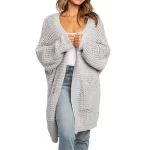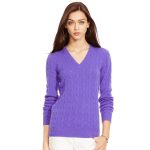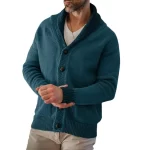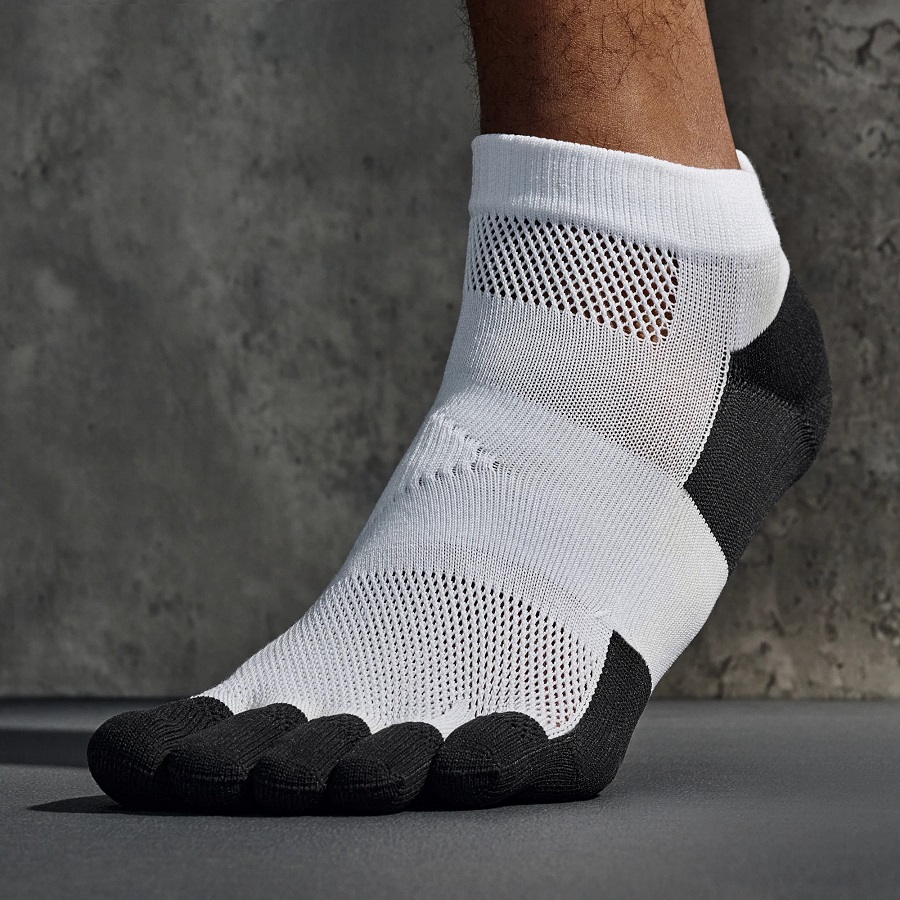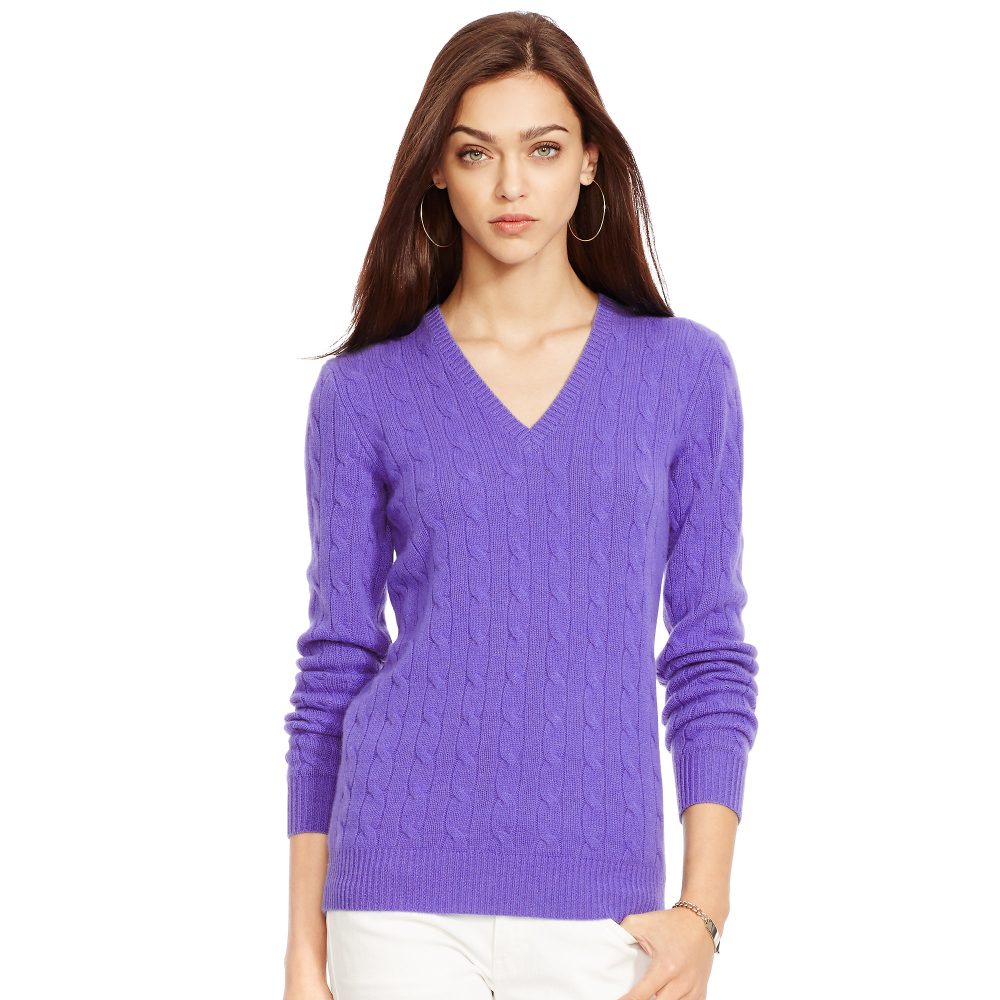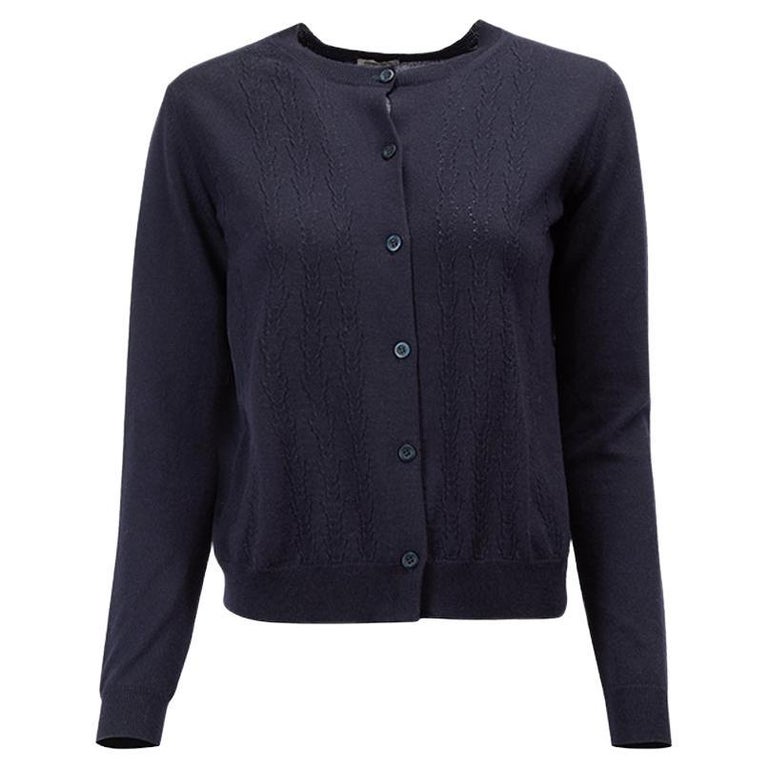The Benefits of Light Compression Socks
Light compression socks are more than just a trend. They offer real benefits for a variety of users. Here’s what you can expect when wearing them:
- Improved Circulation: These socks gently squeeze your legs. This action helps to move blood up towards your heart.
- Reduced Swelling: Notice less swelling in your feet and ankles. Light compression supports help when sitting or standing for long.
- Enhanced Recovery: Athletes find light compression sock useful. They ease muscle recovery after intensive workouts.
- Comfort for Long Periods: Whether traveling or working, they keep your feet less tired. Enjoy comfortable feet even after hours.
- Lower Risk of Varicose Veins: Regular wear can lower the chance of developing varicose veins. This is great for people on their feet a lot.
- Versatility: These socks are ideal for many situations. Wear them during sports, at work, or even for casual outings.
Incorporating light compression socks into your daily wear can lead to overall better leg health. Try a pair and feel the difference they make. Remember to look for the right fit to maximize these benefits.

How Light Compression Socks Work
Understanding how light compression socks work can help you appreciate their benefits. These socks function through a simple yet effective mechanism.
- Graduated Compression: They apply graduated pressure on the legs. The tightest compression is at the ankles and decreases up the leg. This design assists the upward flow of blood.
- Promote Venous Return: By squeezing the legs, they boost venous return to the heart. This action fights gravity, which can pool blood in lower legs when sitting or standing for too long.
- Stimulate Blood Flow: The pressure from the socks stimulates blood flow. It reduces the diameter of major veins, which increases the velocity of blood flow.
- Support Leg Muscles: They also support leg muscles during movement. This support can minimize muscle fatigue and soreness.
- Optimal Pressure: Light compression socks provide a gentle squeeze. This is ideal for those who need less pressure or are new to compression wear.
In wearing light compression socks, you aid your body’s natural circulation. You support your legs with a product designed to boost overall leg health and comfort.
Choosing the Right Fit and Size
Selecting the proper fit and size is crucial when buying light compression sock. A good fit ensures maximum benefits while avoiding discomfort. Here’s how to choose the right pair:
- Measure Your Legs: Accurate leg measurements are key. Measure the widest part of your calf and your ankle circumference. Also, check your shoe size against the sock’s sizing chart.
- Check Compression Levels: Light compression socks typically offer 15-20 mmHg pressure. This is enough for everyday wear and comfort. Make sure the level suits your needs.
- Try Them On: If possible, try socks on before buying. This way you can feel the fit and ensure they’re not too tight or loose.
- Seek Advice: When in doubt, consult a healthcare provider. They can suggest the best size for your needs, especially if you have specific health concerns.
- Mind the Length: Socks come in various lengths, like knee-high or thigh-high. Choose a length that fits the situation you’ll wear them for.
- Look for Adjustability: Some socks have features for a better fit, like adjustable straps. These can be helpful for achieving a personalized fit.
By taking these steps, you ensure comfort and efficacy in your light compression sock. Remember, the right size enhances the benefits outlined earlier.
The Best Materials for Light Compression Socks
Choosing the right materials for light compression socks is vital for comfort and function. Here are the key materials commonly used:
- Synthetic Fibers: Materials like nylon and spandex give the socks elasticity and a snug fit. They allow for consistent compression throughout the day.
- Merino Wool: For warmth and breathability, merino wool is a top choice. It helps in regulating temperature and wicking away moisture.
- Cotton Blends: Cotton can offer comfort and softness. However, it is often blended with synthetic fibers to add compression and improve durability.
- Bamboo: Bamboo fabric is soft, antibacterial, and moisture-wicking. It’s an eco-friendly choice for those with sensitive skin.
- Copper-Infused Fibers: Some socks include copper threading. Copper can promote skin health and add extra antimicrobial properties.
Make sure to consider any allergies or skin sensitivities when choosing your light compression socks. Balance comfort with functionality to get the most out of your socks.
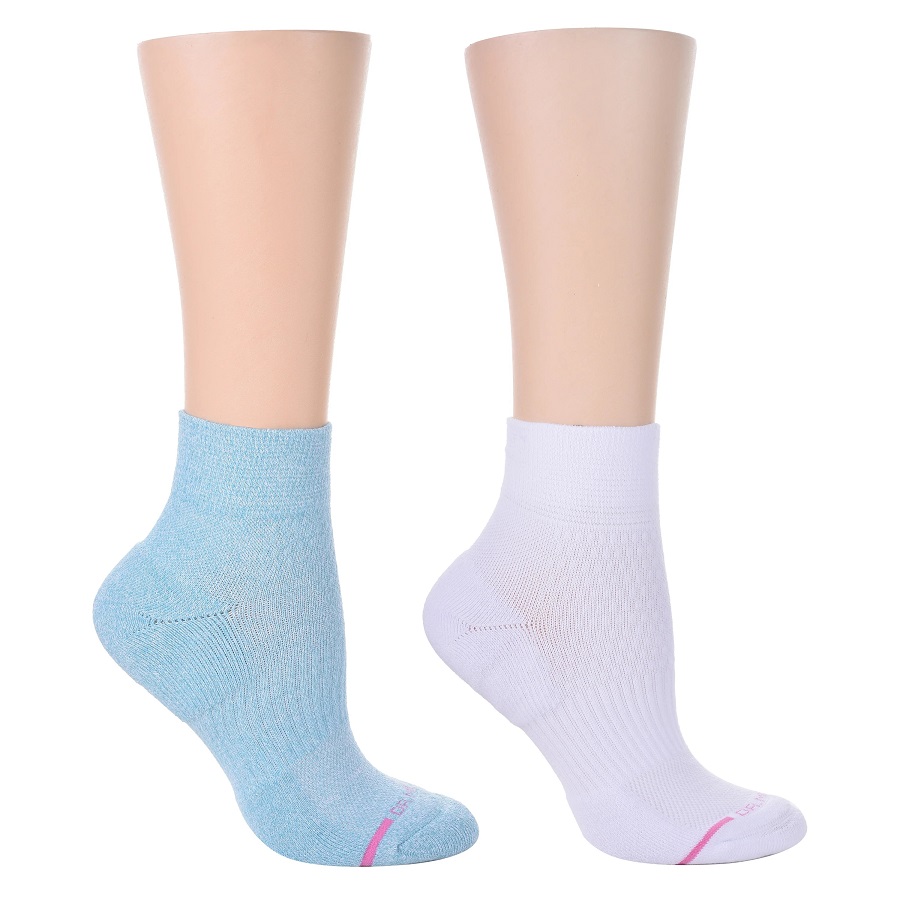
Situations Ideal for Light Compression Socks
Light compression socks are versatile and fit various activities and needs. Ideal situations to wear them include:
- During Travel: Long flights or car rides increase the risk of leg swelling. These socks can reduce that risk.
- At Work: Especially for those who stand or sit for extended periods. Light compression sock promote circulation, reducing fatigue.
- Post Workout: Athletes can wear them to help with muscle recovery. This is due to improved blood flow.
- For Pregnant Women: Pregnancy often causes swollen feet and ankles. Light compression sock can offer much-needed relief.
- During Recreational Activities: Whether you’re hiking or going for a walk, they provide extra leg support.
By choosing light compression socks for these situations, you create a comfortable experience and support your leg health. Wear them whenever you feel the need for a gentle, soothing embrace around your legs. They’re not just for specific circumstances but for any time you anticipate being stationary for a while or when you’re on the move and need some additional support.
Caring for Your Light Compression Socks
To keep your light compression socks in top condition, follow these simple care tips:
- Wash Regularly: Clean your socks after each use. This maintains hygiene and sock elasticity.
- Use Gentle Detergents: Pick mild detergents for washing. Harsh chemicals can damage the fabric.
- Avoid High Heat: When drying, stay away from high heat. It can weaken the material.
- Hand Wash Preferred: If possible, hand wash your socks. It is gentler than machine washing.
- Air Dry: Lay the socks flat to air dry. Avoid wringing them out.
- Rotate Pairs: Have more than one pair. Wearing the same pair daily can stretch them out.
By caring for your light compression socks properly, you extend their life. They keep their supportive qualities longer. Proper care also makes sure they continue to provide optimum benefits for your leg health.
Comparing Light Vs. Heavy Compression Socks
When selecting compression socks, understanding the key differences between light and heavy options is important. Here’s a simple guide to help you compare:
- Intensity of Compression: Light compression sock typically offer 15-20 mmHg of pressure. Heavy compression socks start at 20 mmHg and can go much higher.
- Purpose: Light compression is great for everyday use, preventing fatigue and mild swelling. Heavy compression is aimed at more severe circulatory issues.
- Comfort: Light compression socks are easier to wear all day. They feel gentle on the skin. Heavy compression socks might feel very tight and are often recommended for shorter durations.
- Ease of Use: Pulling on light compression socks is similar to regular socks. Heavy compression socks may need extra effort, sometimes requiring a device or another person’s help to put on.
- Suitability: Light compression sock suit a broader range of activities, from work to sports. Heavy compression socks are often specific to medical conditions as prescribed by a doctor.
Understanding these differences can assist you in making the right choice for your needs. Always consider your personal comfort and the recommendations of a healthcare professional when making your decision.

Tips for First-Time Users of Light Compression Socks
Adopting light compression socks can be as easy as slipping on your regular socks with the added advantage of boosting your leg health. Here are some pointed tips for first-time users:
- Start With Lower Compression: If you’re new to compression socks, begin with light compression levels. This will help you get used to the feeling without overwhelming your legs.
- Gradual Wear Time: Don’t rush into wearing them all day. Start with a few hours and gradually increase as you feel more comfortable.
- Listen to Your Body: Pay attention to how your legs feel. If you experience discomfort or pain, take the socks off and consult with a healthcare professional.
- Proper Application: Make sure you put them on correctly. The sock should be smooth on your leg without any folds or wrinkles.
- Combine With Movement: Take short walks and move around periodically. Light compression socks are most effective when combined with activity.
- Be Patient: It might take some time to notice the benefits, so give the socks a fair chance. Consistency is key.
- Observe Care Instructions: Follow the care guidance provided with your socks. Proper maintenance ensures longevity and maximum effectiveness.
By keeping these tips in mind, you’ll make the most out of your new light compression sock and step into a world of enhanced comfort and improved circulation.

